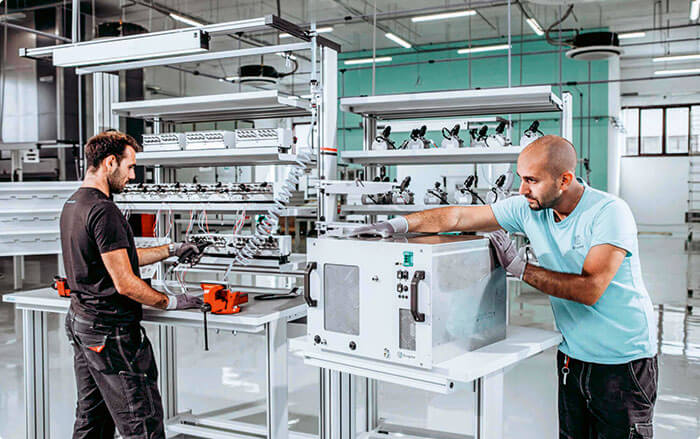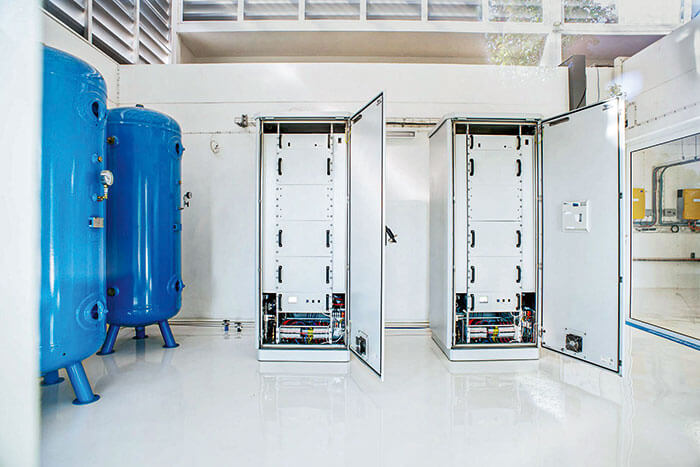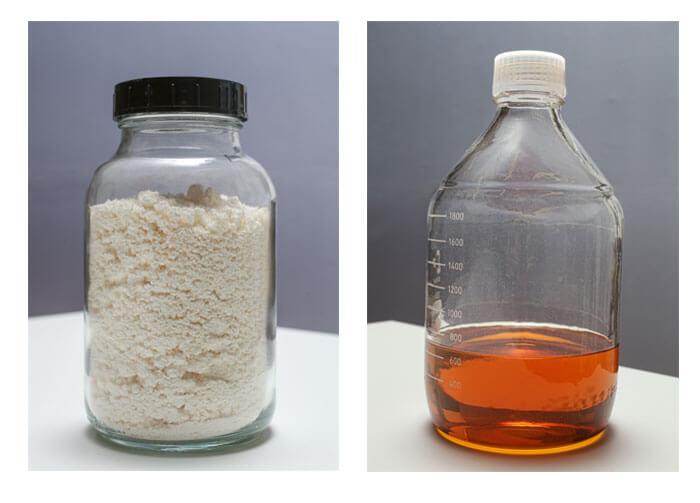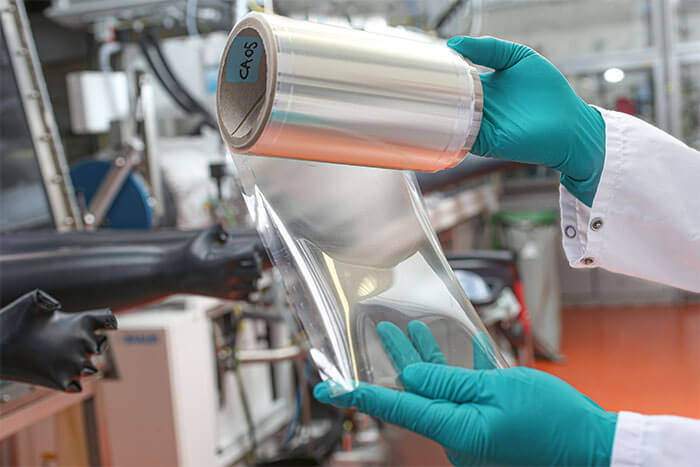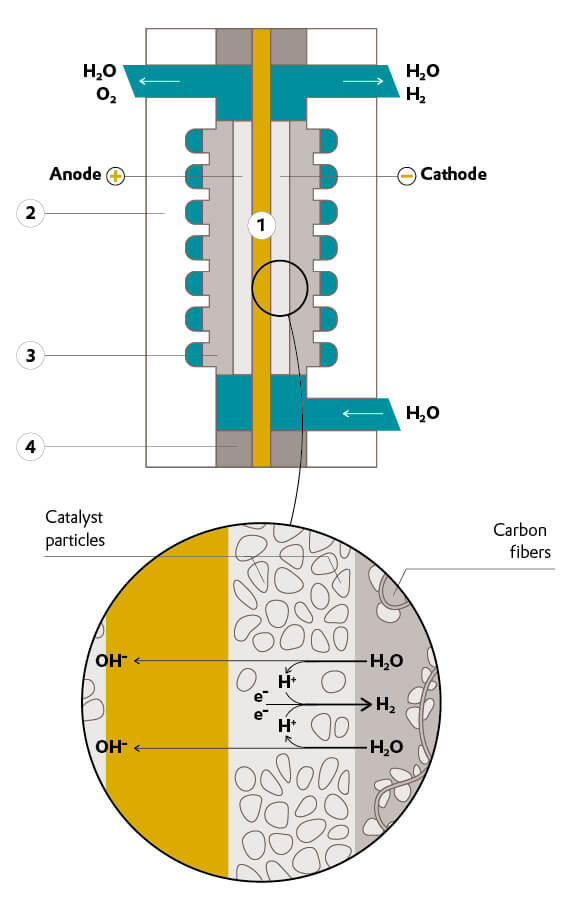
The energy transition
Hydrogen: The energy carrier of the future
Jorgo Chatzimarkakis and Hans-Josef Fell discuss the role of hydrogen in the energy supply of the future.

In my element
“My fate depends on hydrogen”
Kurt Frieden likes to get carried away through the air by hydrogen – the lightest element on earth.

Cosmetics
Green Force
A French researcher puts plants under stress to develop active ingredients for cosmetics.

Research & Innovation
The advance of hydrogen peroxide
Research, production, application - the most important milestones in the history of H₂O₂.
ELEMENTS Newsletter
Get fascinating insights into the research Evonik is conducting, and its social relevance, by subscribing to our free newsletter.

